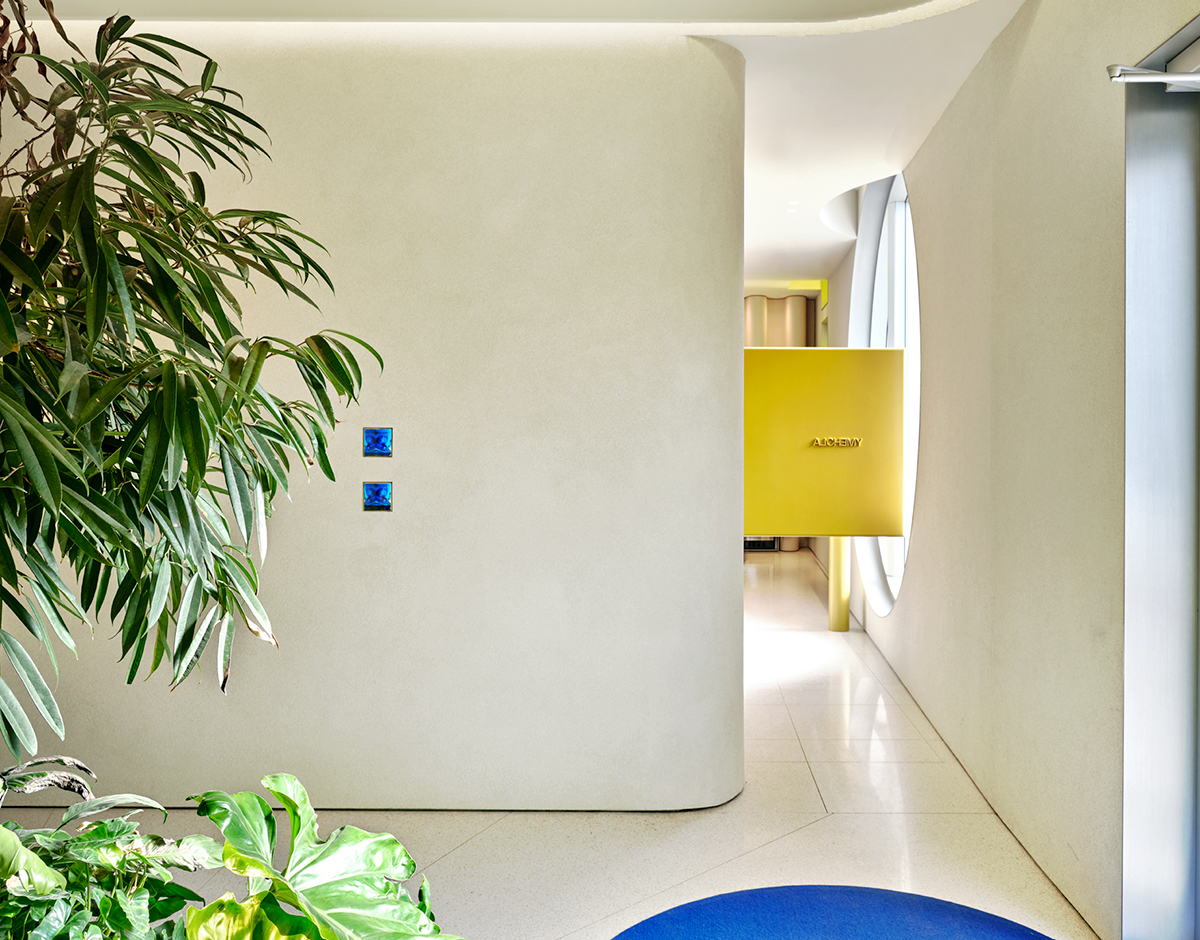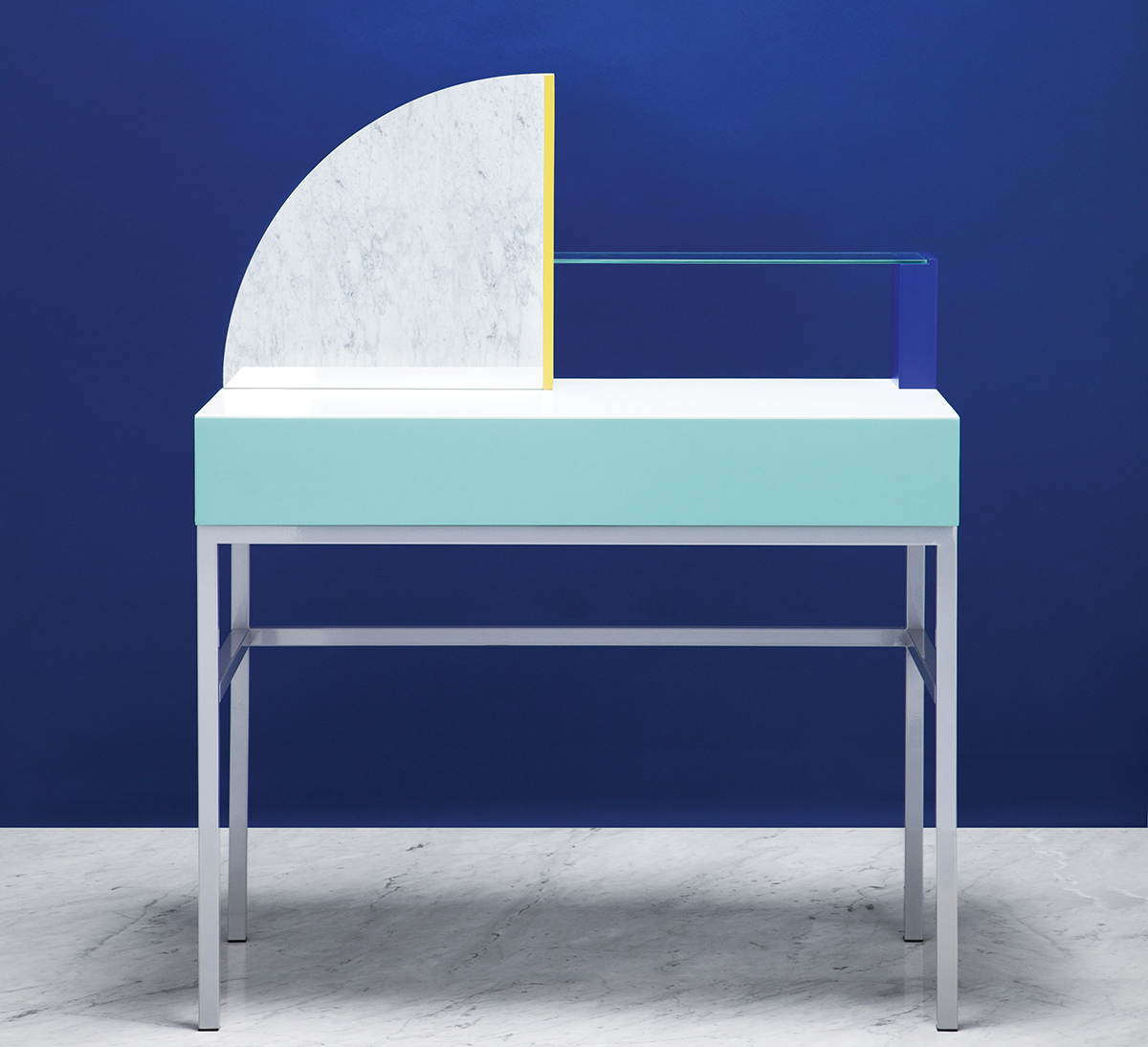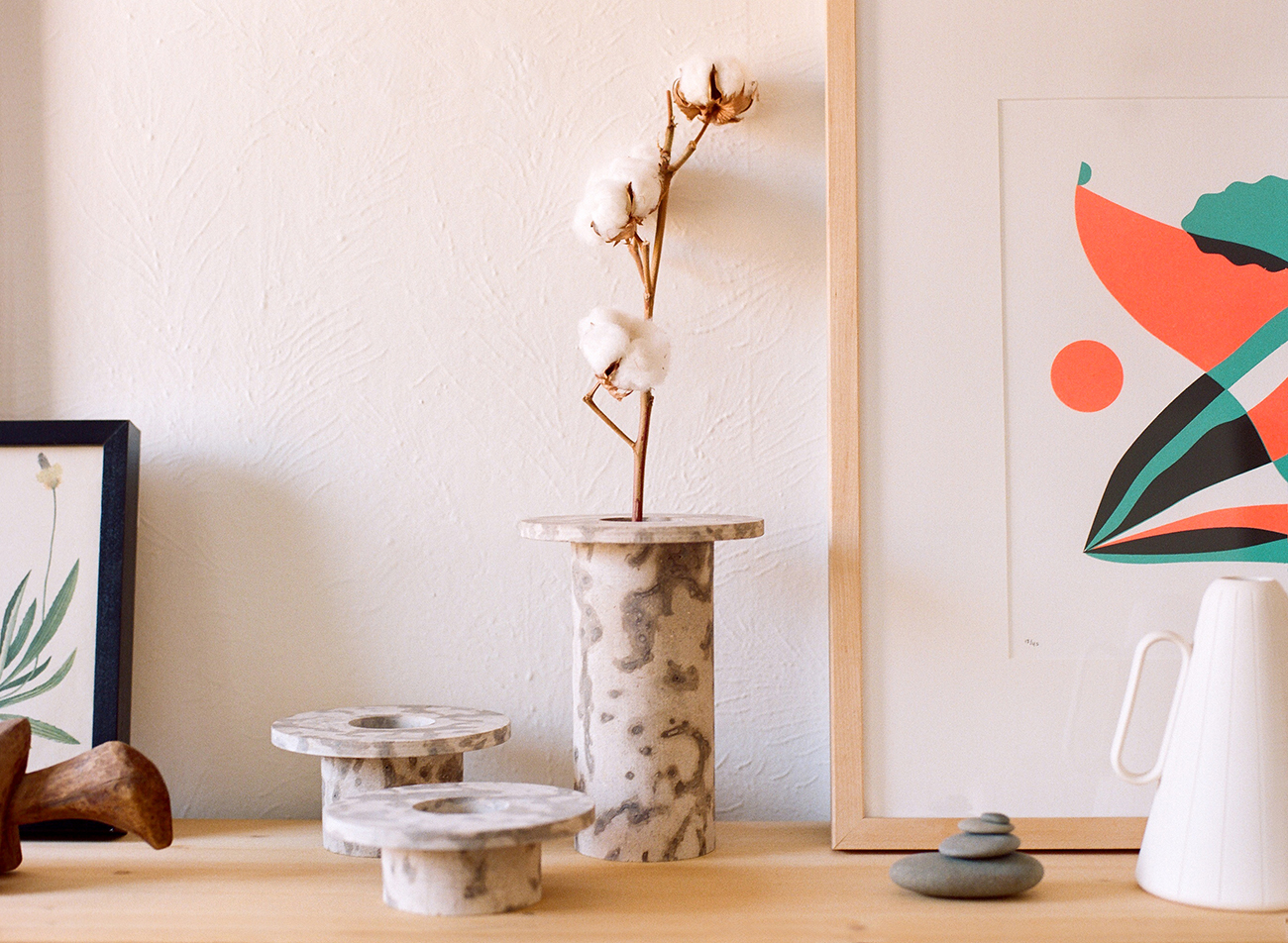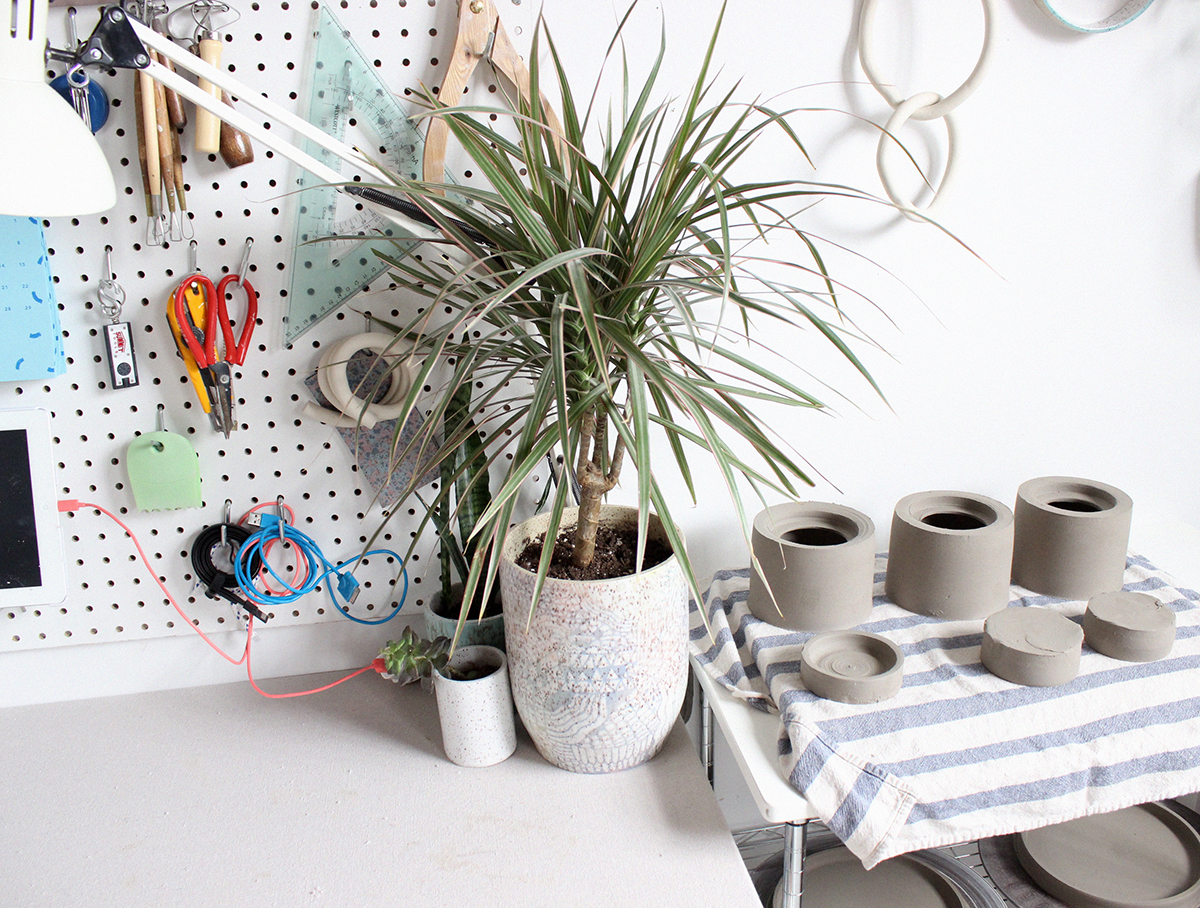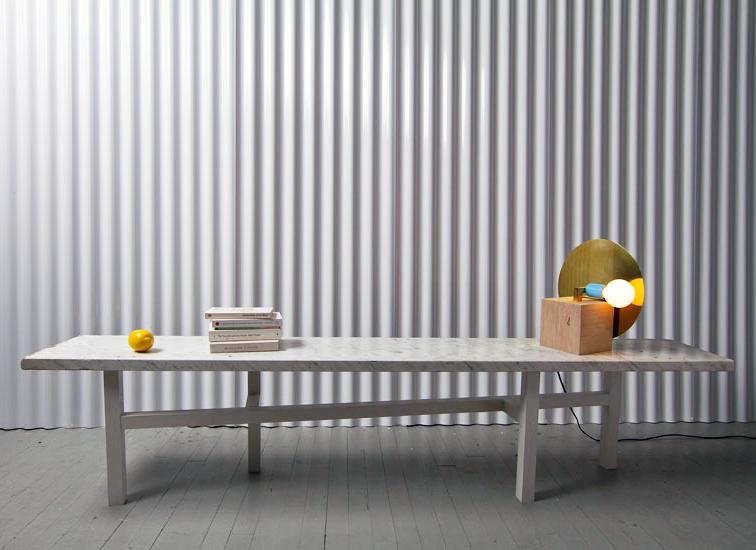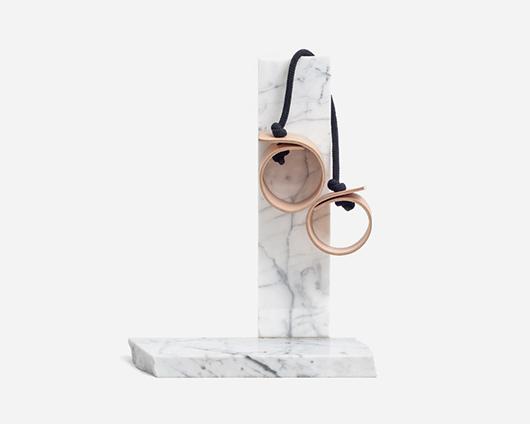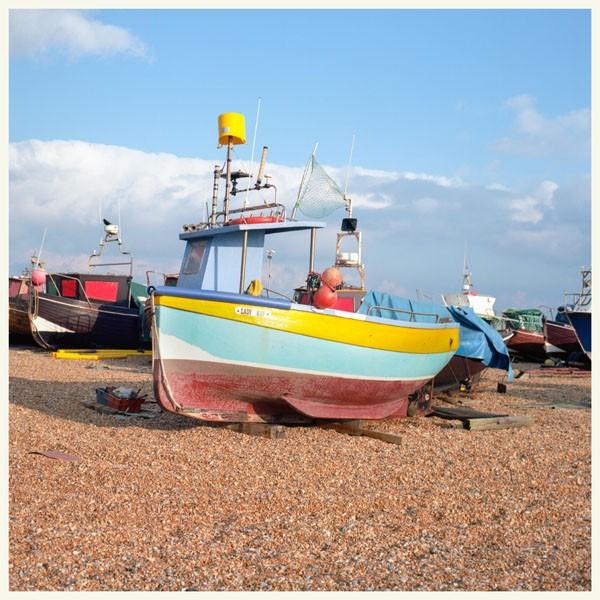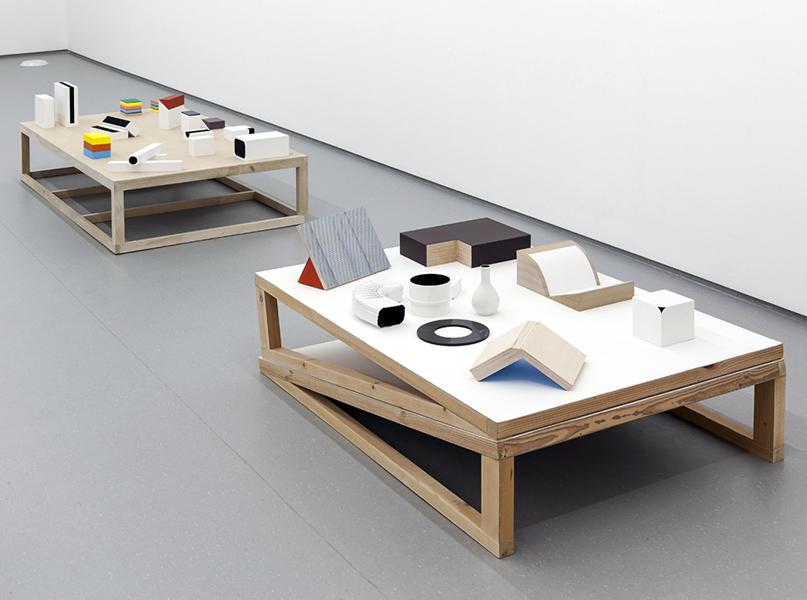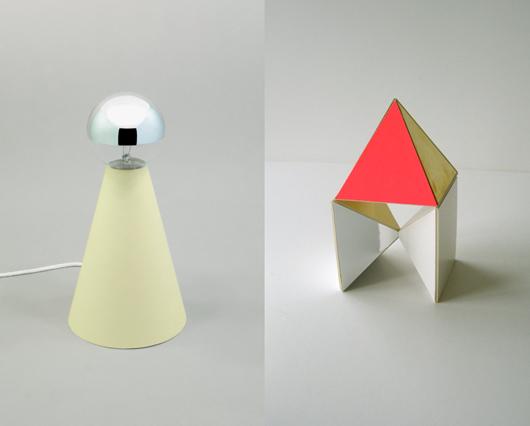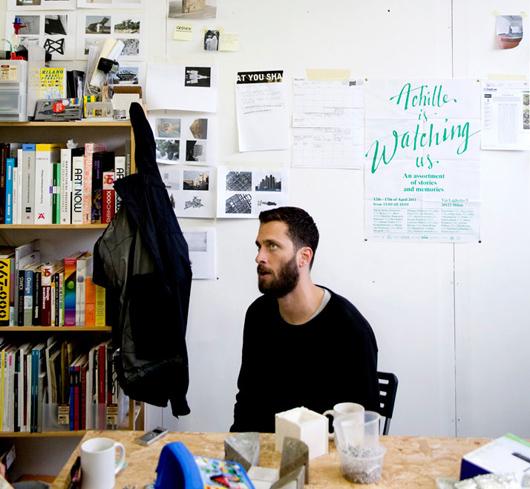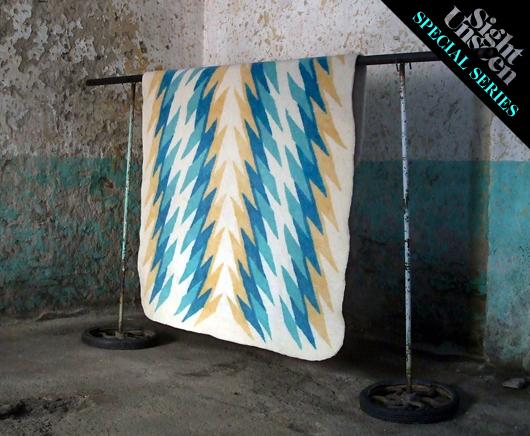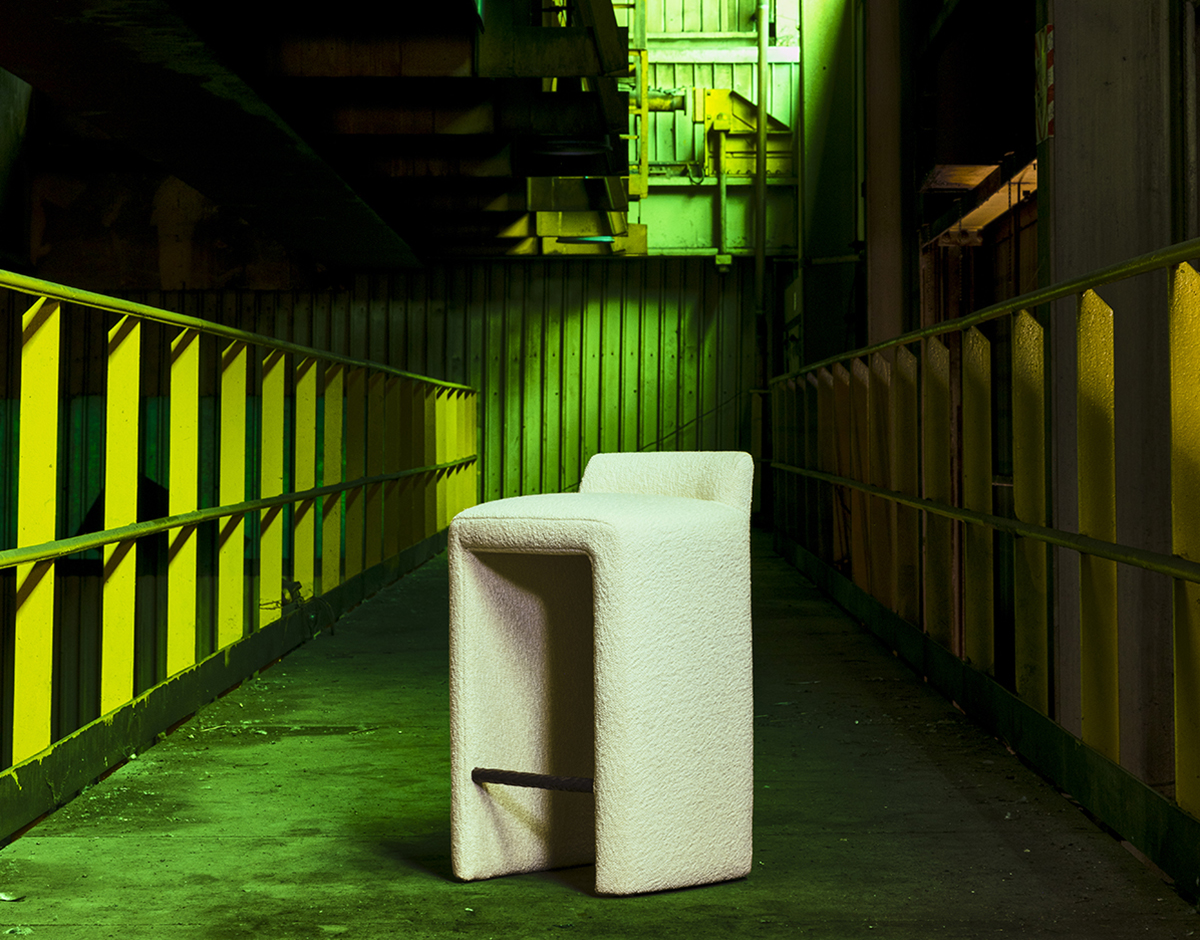
10.19.22
Sighted
Studio Paolo Ferrari Changes Perspective for Latest ‘Editions’ Furniture Series
In 2016, the Toronto-based interior designer Paolo Ferrari released his studio's first edition of collectible furniture, intending to evolve and expand upon its forms over time. Last week, at his New York gallery Colony, he unveiled the collection's latest iteration — Editions 04 — which was meant to debut in 2019 but was postponed due to the pandemic. This extra time proved beneficial for Ferrari, who was able to pause, contemplate, and develop his designs even further than previously anticipated. It also provided another fortuitous opportunity: to photograph them against the dramatic industrial backdrop of Skylight Steelworks, a former factory and 1960s office space on 750 acres outside of Toronto in the one-time steel town of Hamilton, which has recently become home to a new generation of creatives and artists.
